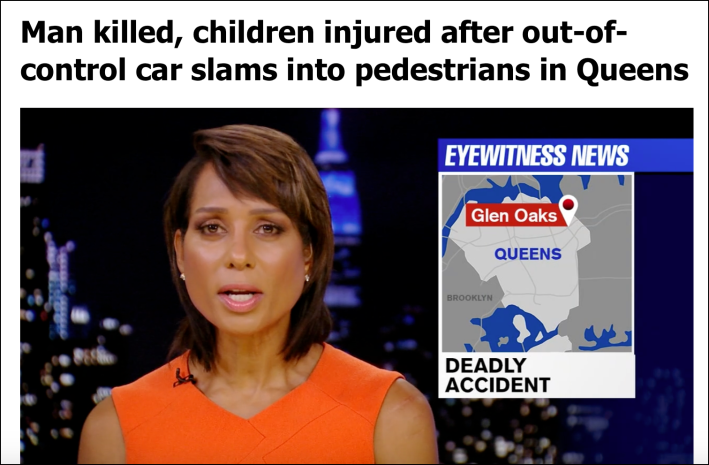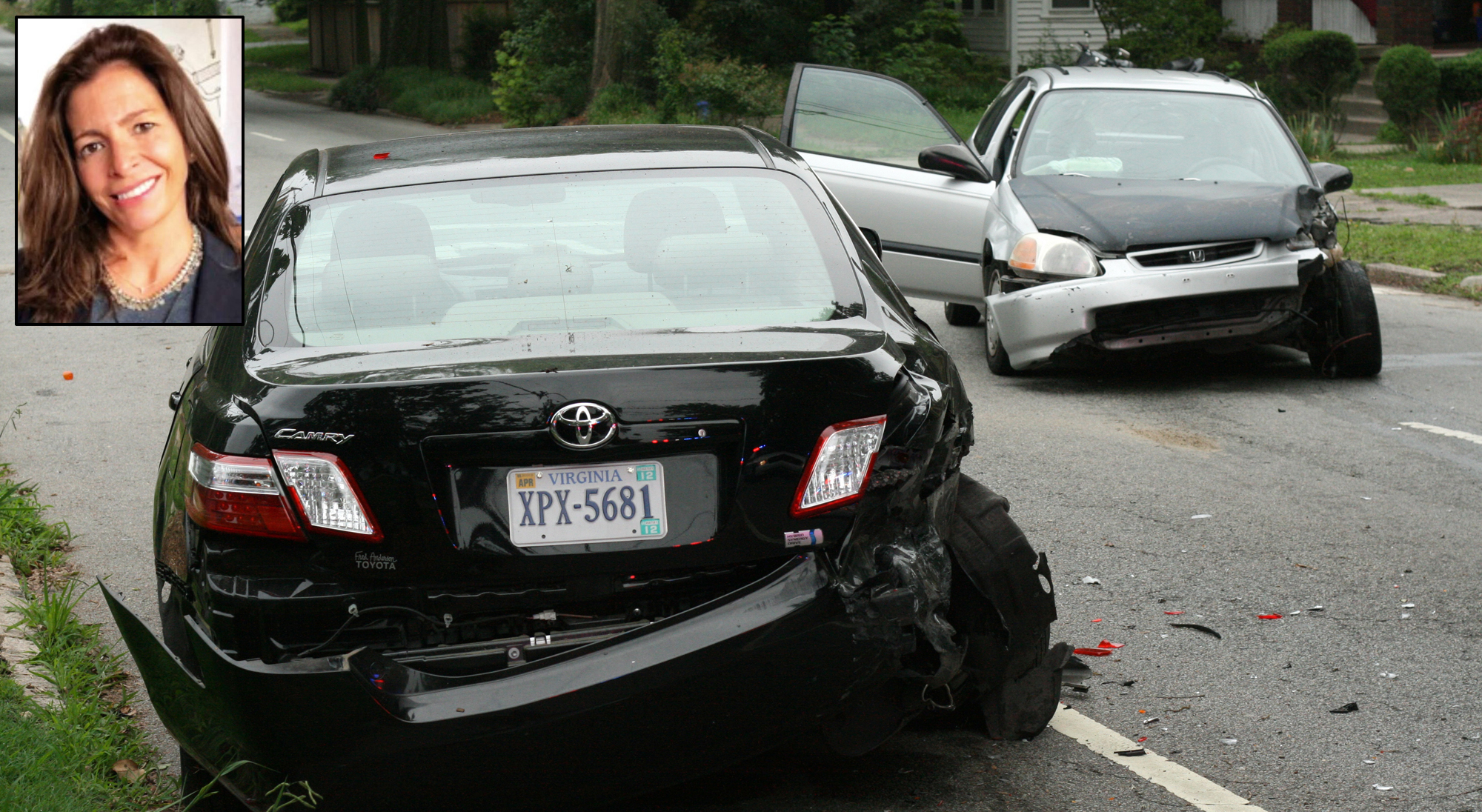Five years ago, I lay broken on the pavement in desperate need of medical attention. As the driver of the F150 pickup truck who hit me was yelling and blaming me for his own inattention, I can assure you I wasn’t worried about "windshield bias." I should have been. Why? I was riding a bicycle.
While I was still in the hospital, propped up in bed because I couldn’t move unassisted, my husband read to me aloud about my crash in our paper on his cell phone. I was blamed. How could that be? The investigation was still underway. No one had asked my side of the story. Having my lung pierced, and my left side riddled with over a dozen fractures was bad enough, being blamed for being hit in the newspaper was emotionally devastating.
This Sunday, November 19th is World Day of Remembrance for Road Traffic Victims. In the five years since I was hit, commemorating this sad day with members of my community in Boulder in a meaningful way has become a tradition. When I share my thoughts this year, along with our new Mayor, our City Council members, and fellow victims and survivors, I’ll be sharing what I’ve learned about how we can face and change our own "windshield bias."

You see, being blamed for being hit by a driver while riding a bike or walking isn’t rare. If we aren’t readily available to speak with the police and or reporters, usually due to injury or death, our side of the story is often omitted from both the police reports and news coverage. Why? Time is of the essence. Far too often, we’re also blamed for causing the crash based on no other testimony than the driver’s. The reason? Windshield Bias. It means the police and reporters unwittingly sympathize with other drivers. As a society, we’ve become so used to cars for transit that it can be hard to relate to other types of road users.
This matters because compelling recent research from two different teams proves that how the police and media write about traffic crashes affects how the public views both the causes and solutions. Considering that traffic crashes kill almost 40,000 people every year, I believe it's time we change this narrative and ask our police and media to put the research findings into play:
Be Clear in Police and Media Reports; Don’t Victim-Blame
If the crash included a person biking or walking and they were unavailable to give their side of the story clearly note this in both the police and media reports. Don’t simply take the person driving’s testimony as factual without further evidence. People biking and walking don’t jump out of nowhere in the travel lane of traffic as nearly as often as drivers claim they do.
Cover Traffic Crashes as Systemic, Not Isolated, Incidents
When crashes are written as if they’re isolated incidents, it prevents readers from understanding the system of conditions in play that allows such crashes to occur (i.e. missing infrastructure like a stoplight at a busy intersection, no sidewalk, no separate safe space for riding a bike, dangerously fast street, poor lighting etc.). Especially if this is the third or thirty-third crash on a particular street this year, the public needs to know this. We know the viable solutions to stop most of these crashes from occurring, we’ve just been slow to implement them in the U.S
Stop Writing as if Cars Acted on Their Own
Advocates have made good progress getting the media to switch from using the word “accident” (which is inaccurate) to “crash.” Now we need to go further. Google “traffic crashes” and you’ll find a plethora of headlines such as “SUV plows into crowd,” “car doing donuts,” and “truck jumped the curb.” None of this is true. Autonomous vehicles haven’t yet taken over our roadways. The majority of the time a person driving too fast, distracted, or inebriated (or all three) drove their vehicle in a dangerous way and caused serious harm or even death.






